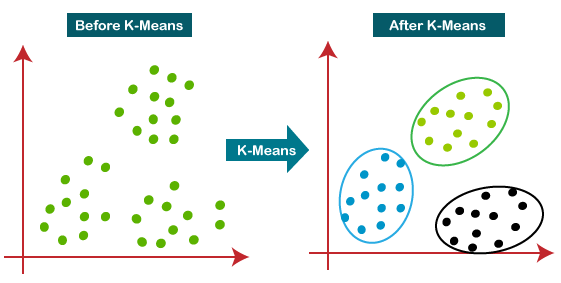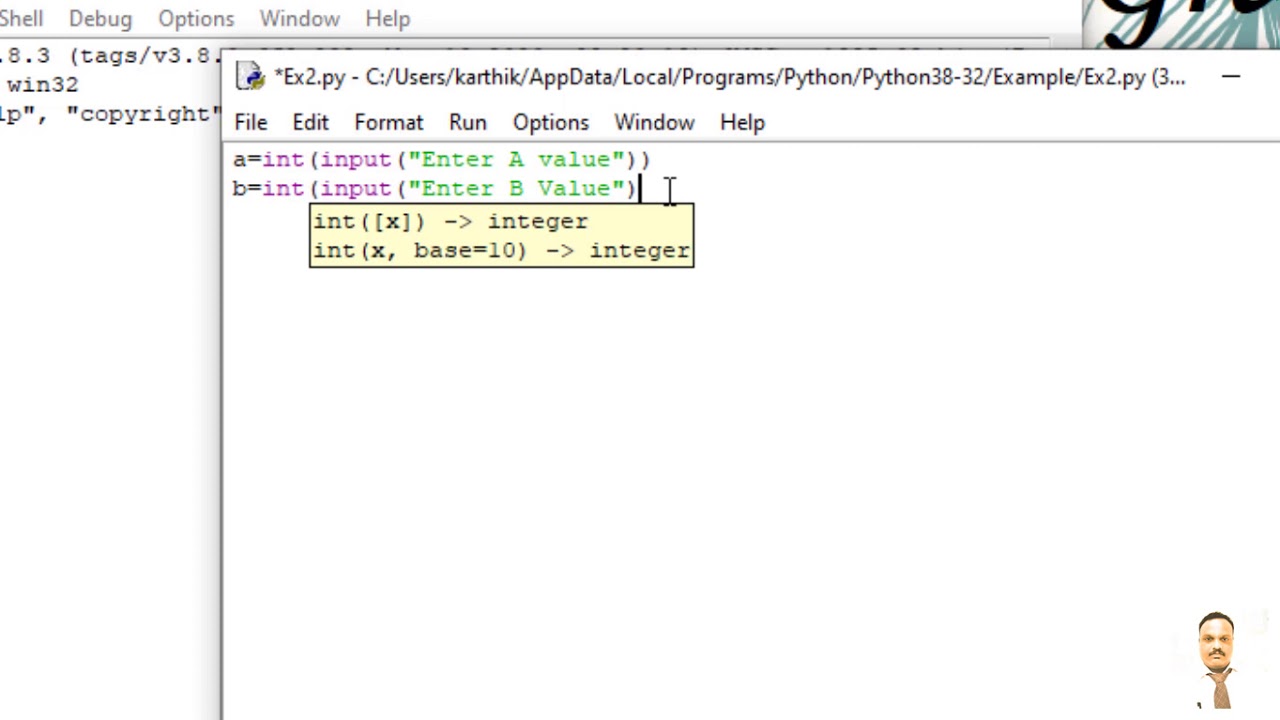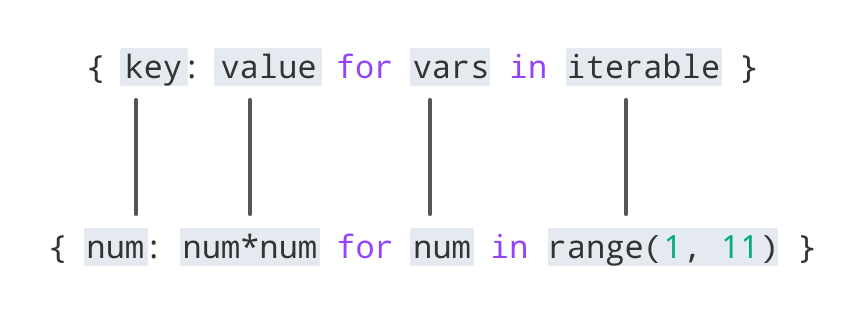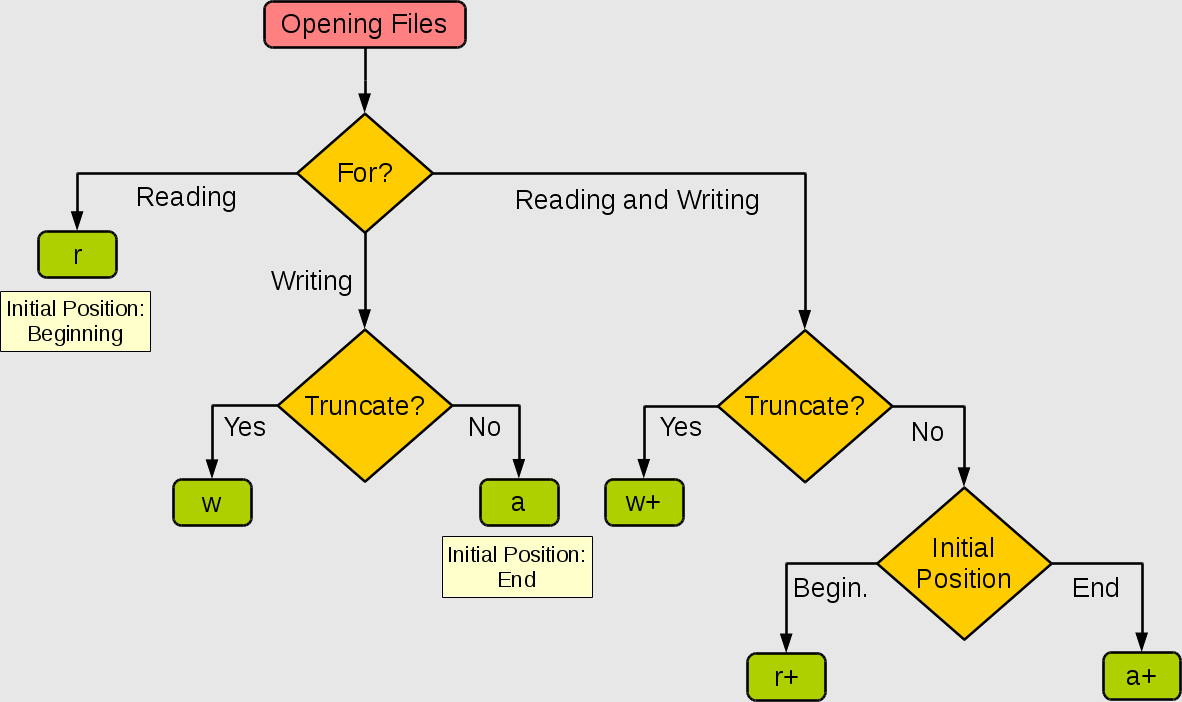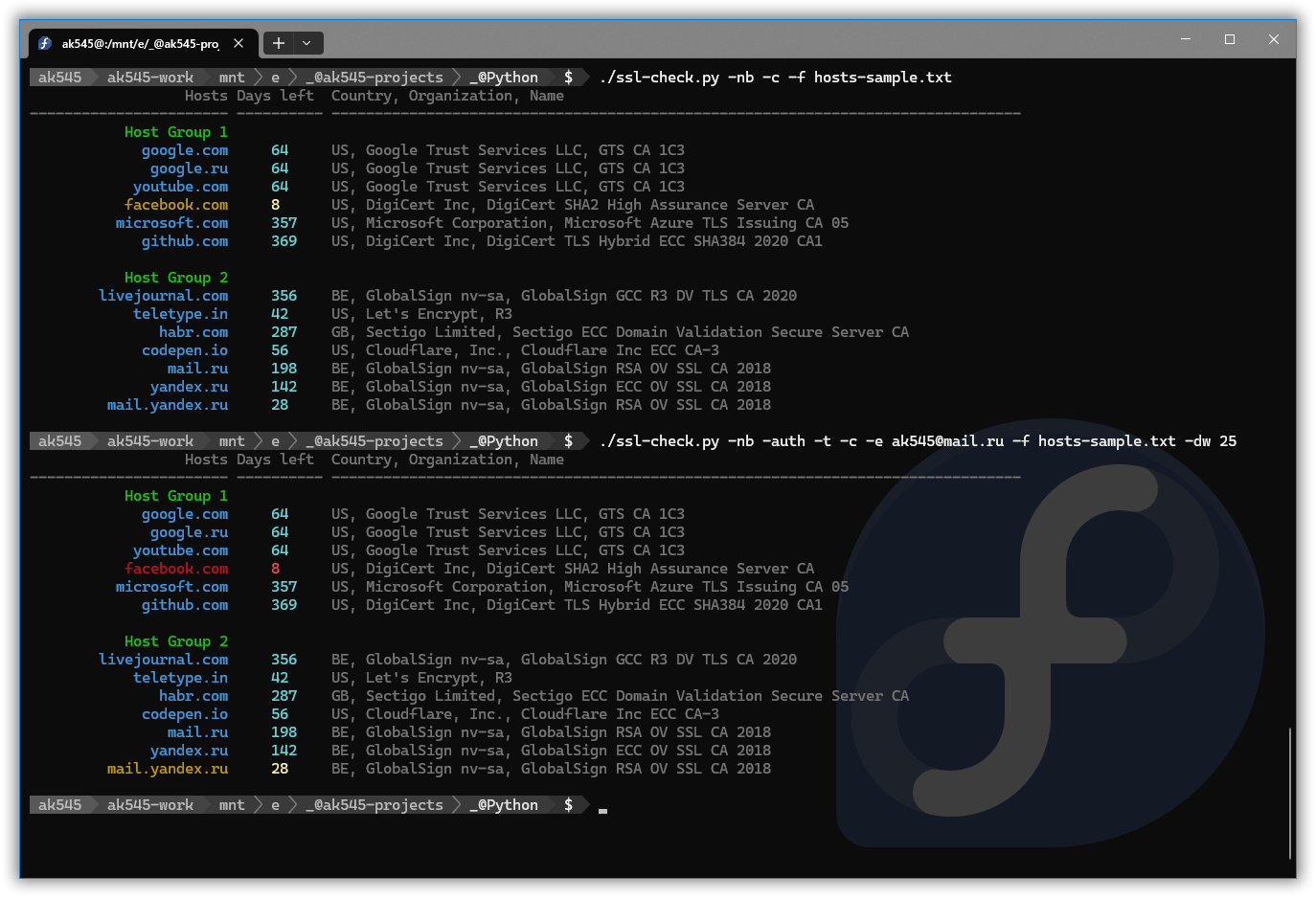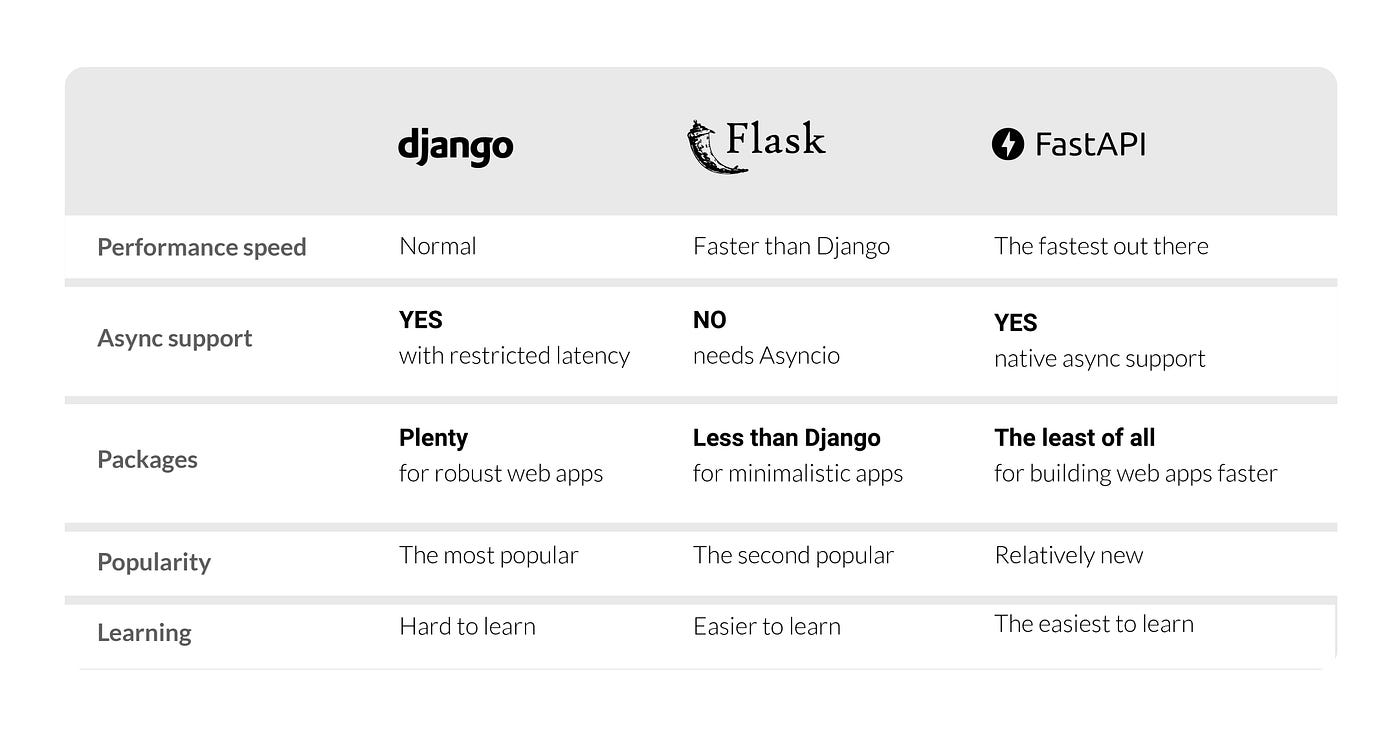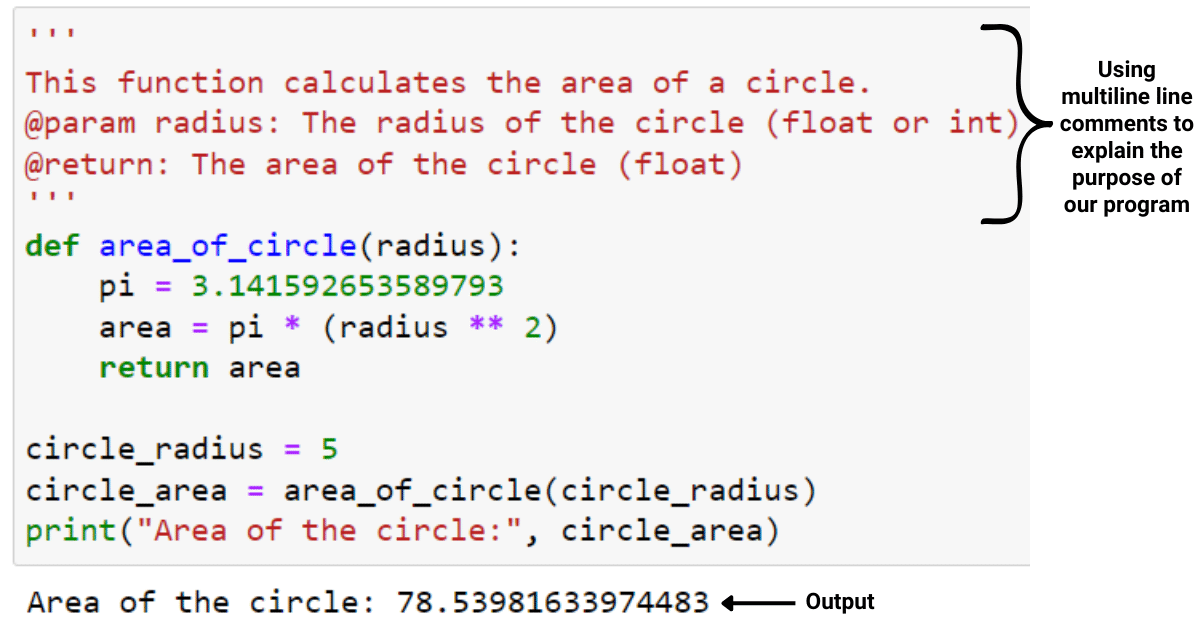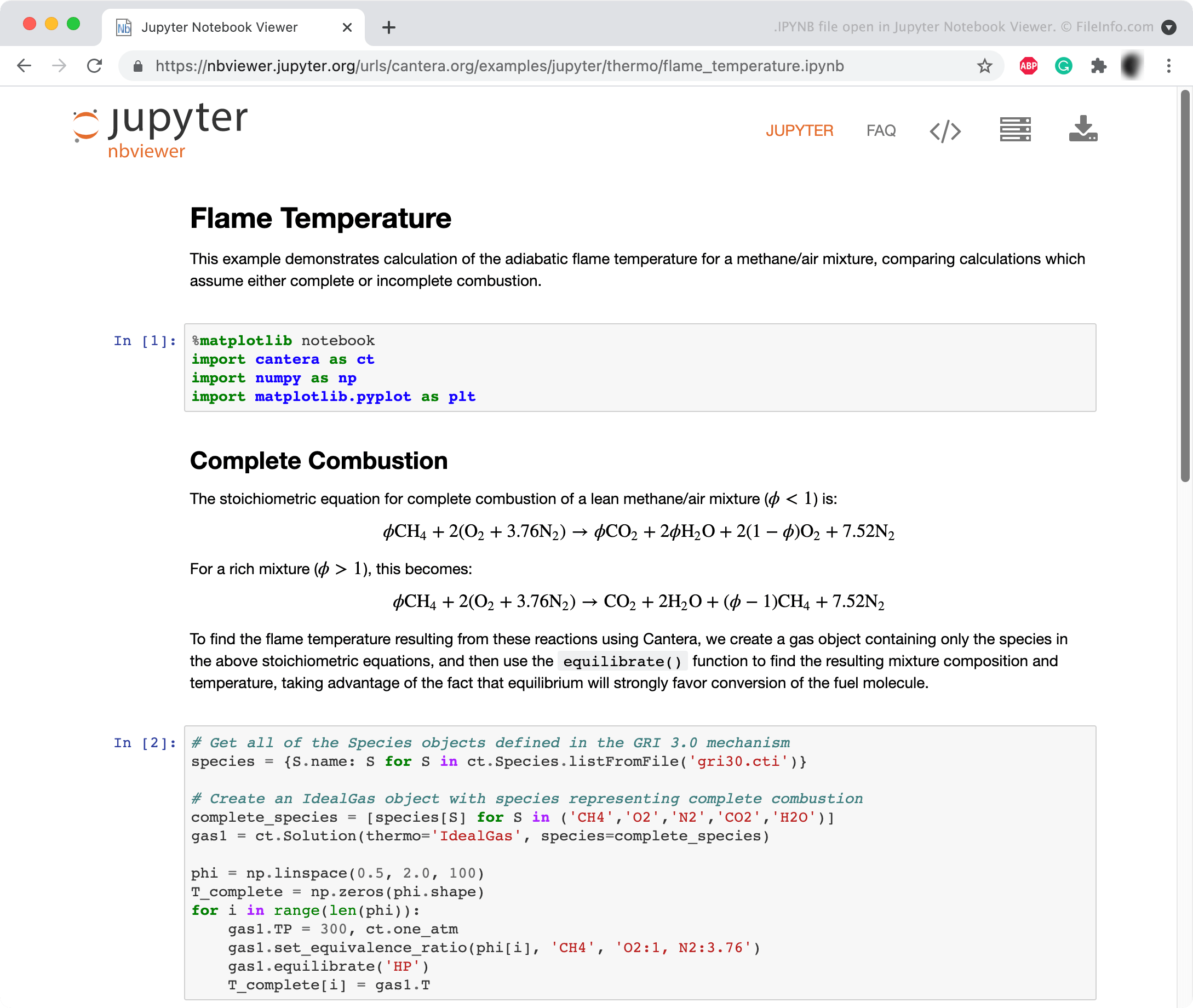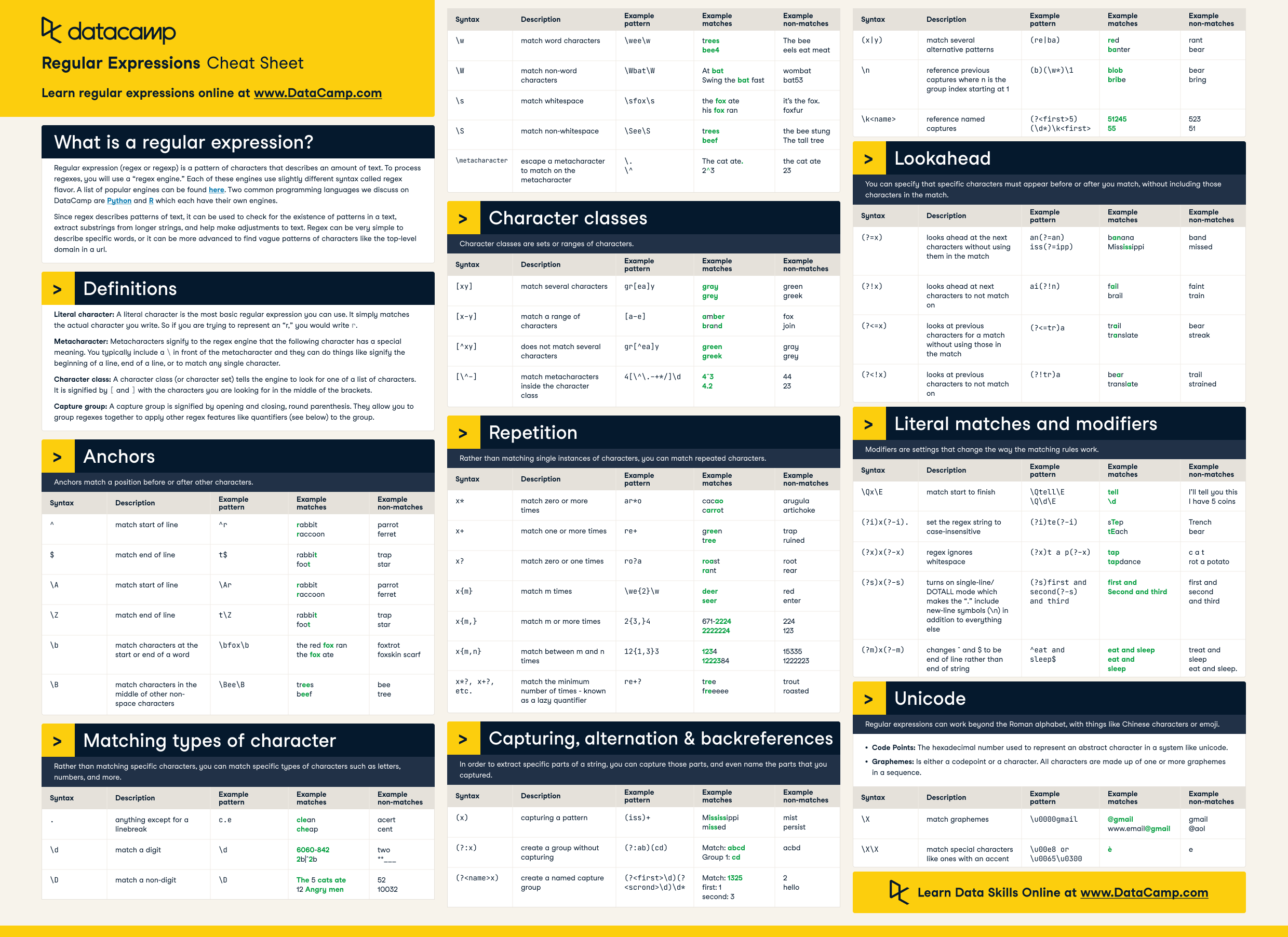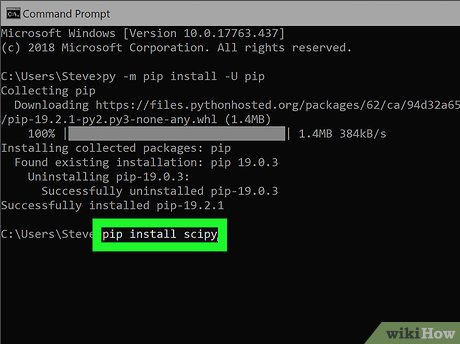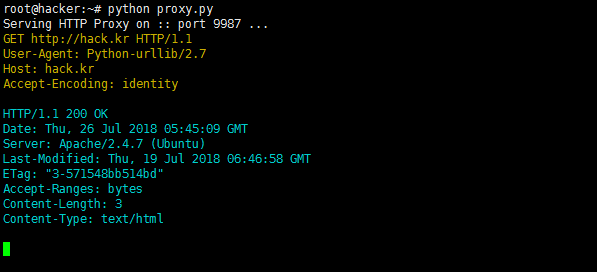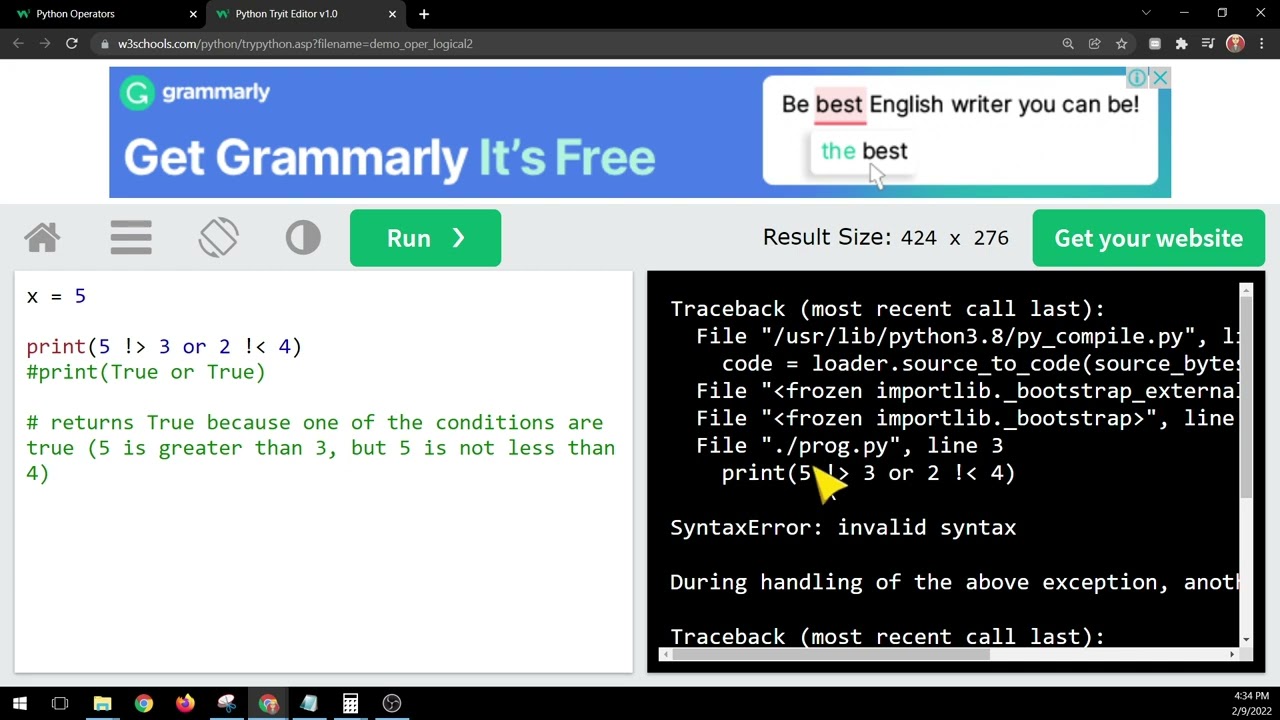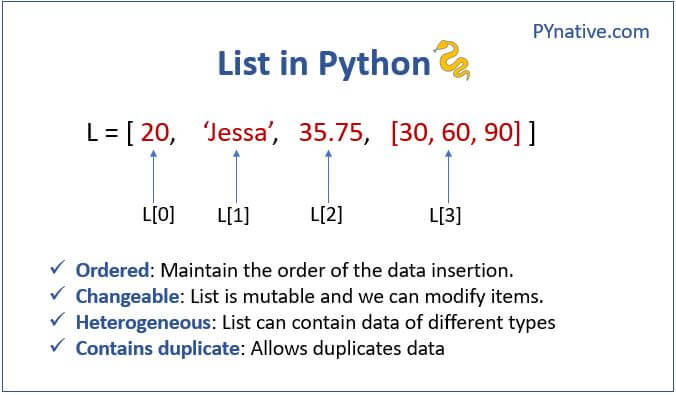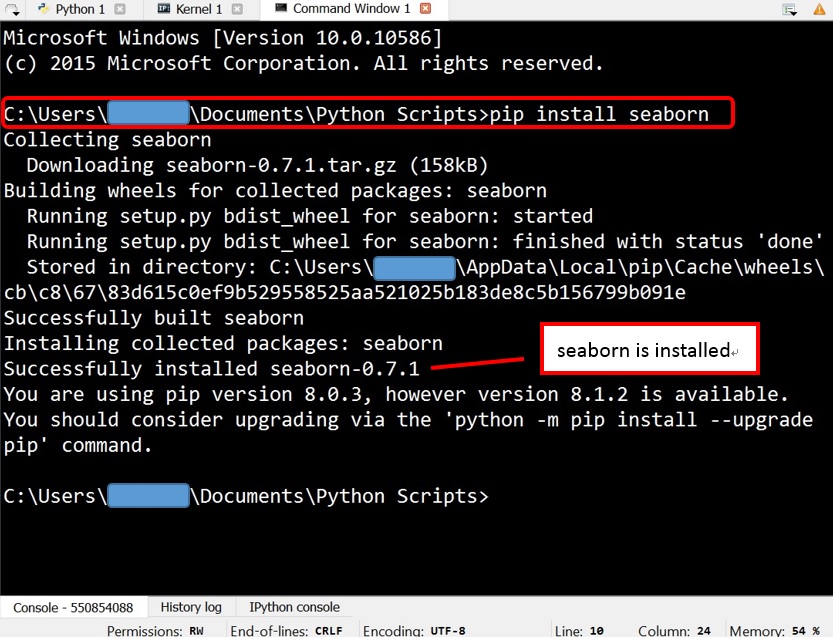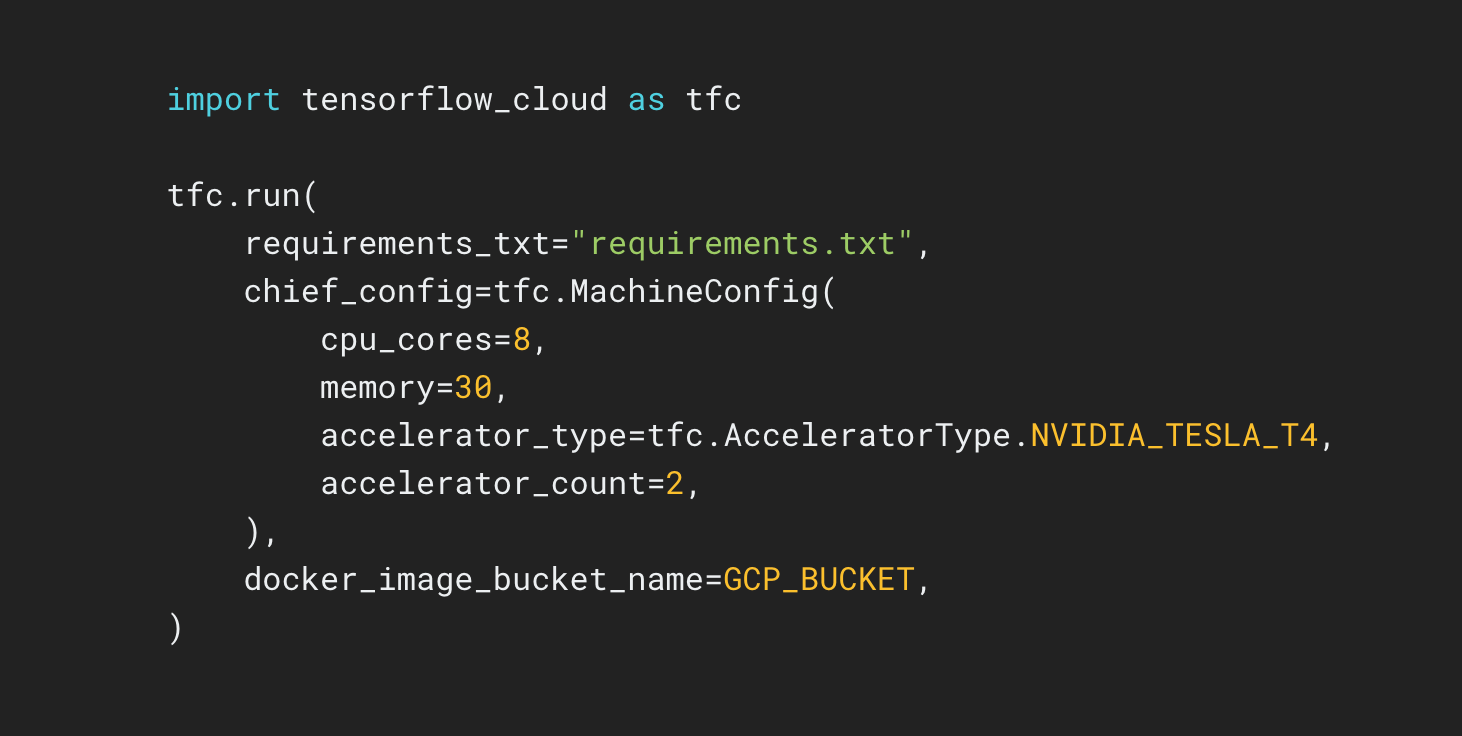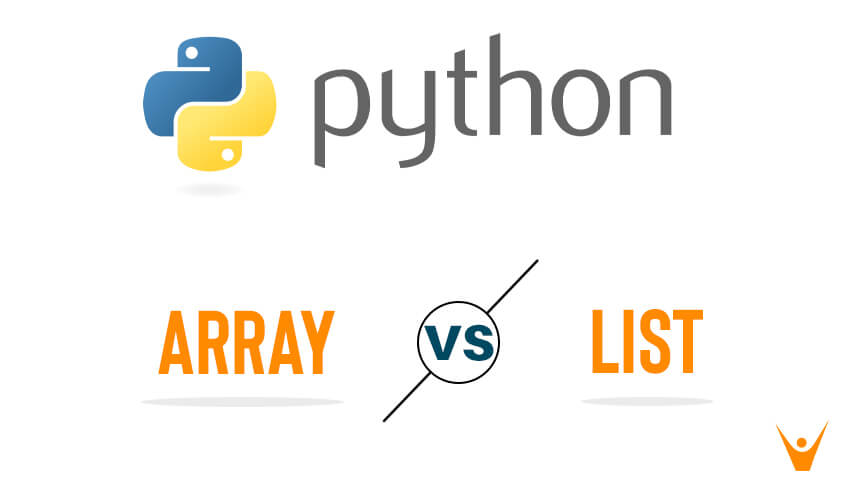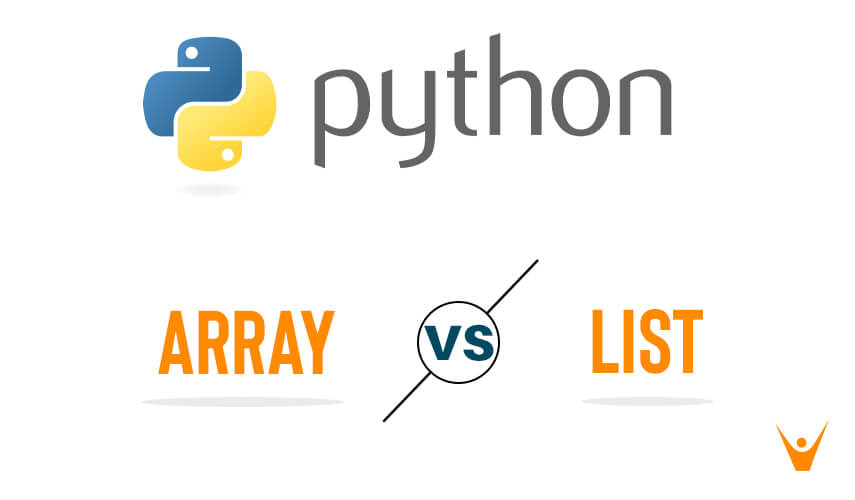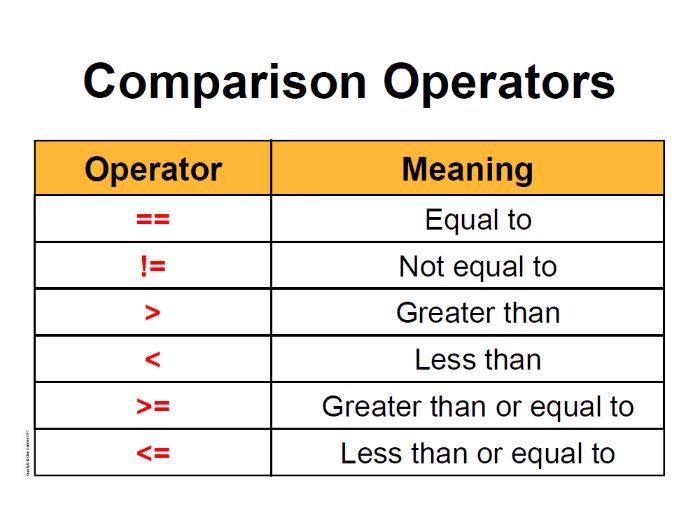How to do OAuth authentication in Python?
How to do OAuth authentication in Python?
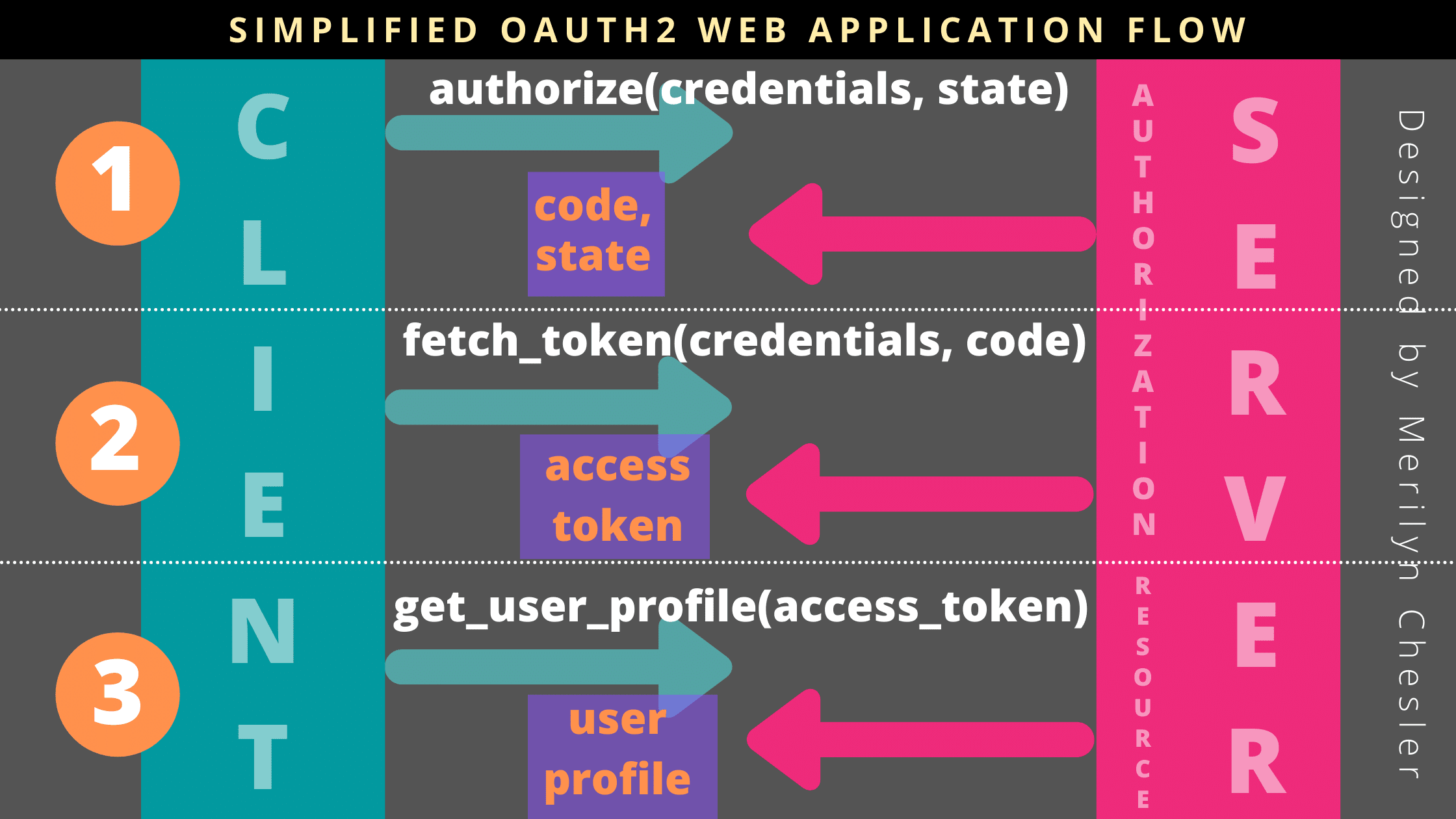
OAuth (Open Authorization) is an authorization framework that enables a third-party application to access resources on behalf of a resource owner (typically, the end-user). In Python, you can implement OAuth authentication using libraries like requests and pyjwt.
Step 1: Register your application
Register your Python application with the provider (e.g., Google, Facebook) that you want to use for authentication. You'll receive a client ID (also known as consumer key) and client secret.
Step 2: Obtain an access token
To obtain an access token, your Python script needs to send a request to the authorization endpoint of the provider. The request should include the following:
client_id: Your registered client ID. redirect_uri: The URL where the user will be redirected after authentication (must match the one you registered with the provider).
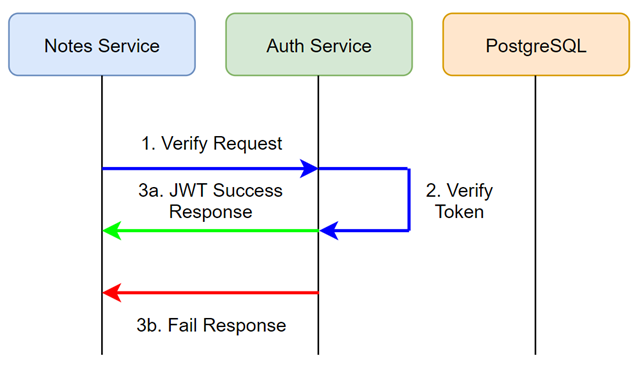
response_type: Set to code for authorization code flow.
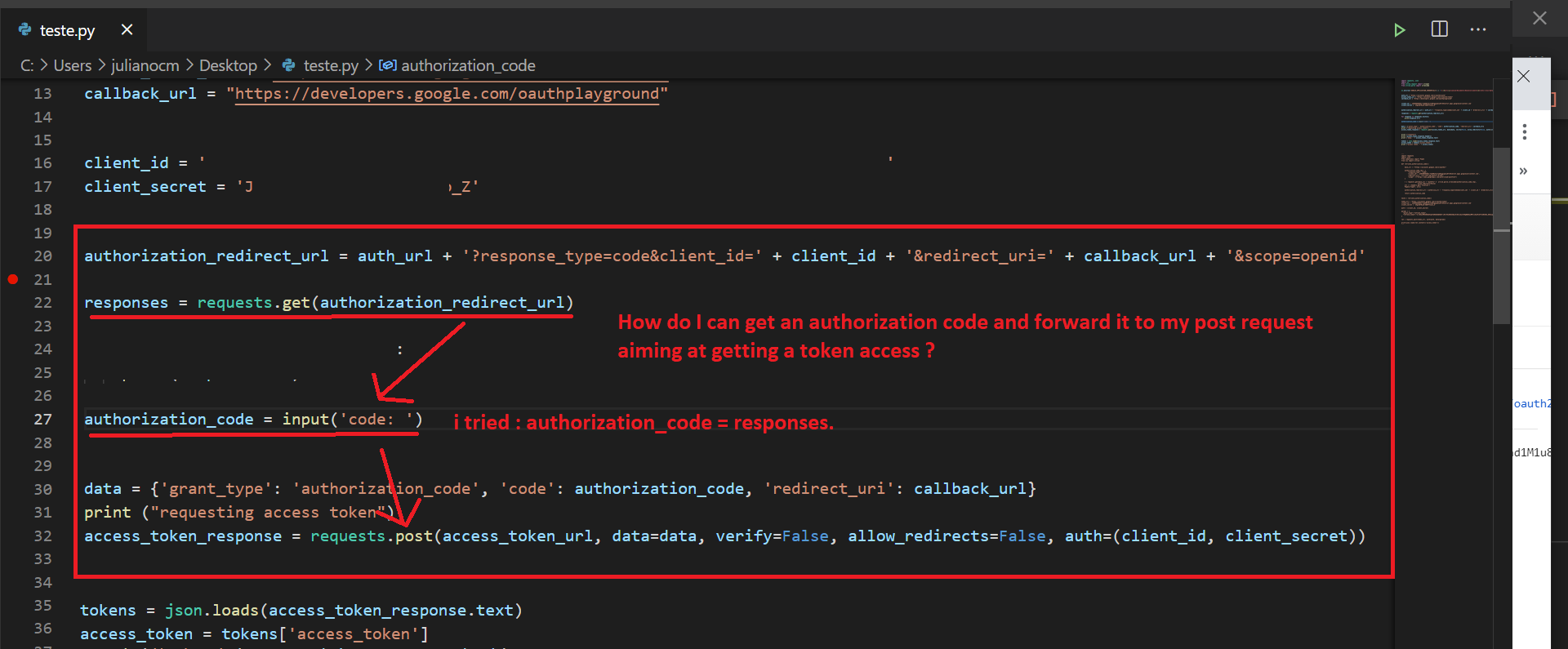
scope: Specify the permissions your application needs (e.g., read-only access). state: A random value used for CSRF protection.
Here's an example using requests:
import requests Replace these with your actual valuesclient_id = "your_client_id"
redirect_uri = "http://localhost:8080/callback"
scope = ["read"]
auth_url = f"https://accounts.google.com/oath20authorize?"
f"client_id={client_id}&"
f"redirect_uri={redirect_uri}&"
f"response_type=code&"
f"scope={scope}&"
f"state=random_state_value"
response = requests.get(auth_url)
Step 3: Handle the redirect
After the user approves your application's request, they'll be redirected to the redirect_uri. Your Python script should handle this redirect by sending a request to the token endpoint to exchange the authorization code for an access token.
Here's an example using requests:
# Extract the authorization code from the redirect URLcode = urlparse(response.url).query.get("code")
Request the token endpointtoken_url = "https://oauth2.googleapis.com/token"
headers = {"Content-Type": "application/x-www-form-urlencoded"}
data = {
"grant_type": "authorization_code",
"code": code,
"redirect_uri": redirect_uri,
"client_id": client_id,
"client_secret": "your_client_secret"
}
response = requests.post(token_url, headers=headers, data=data)
Parse the access token from the responseaccess_token = json.loads(response.content)["access_token"]
Step 4: Use the access token
With the access token, you can now access protected resources on behalf of the user. For example, you can use the token to fetch user information:
# Make a request to the protected endpointuser_info_url = "https://www.googleapis.com/oauth2/v3/userinfo"
headers = {"Authorization": f"Bearer {access_token}"}
response = requests.get(user_info_url, headers=headers)
Parse the user information from the responseuser_info = json.loads(response.content)
print(user_info["name"], user_info["email"])
In this example, we've demonstrated how to implement OAuth authentication in Python using requests and pyjwt. Remember to handle errors and exceptions properly when working with external APIs.
Additional Tips
Always validate the access token before using it. Store the access token securely (e.g., using a secrets manager). Be mindful of token expiration times and refresh tokens as needed. Implement proper error handling for unexpected responses from the provider.Python OAuth2 client
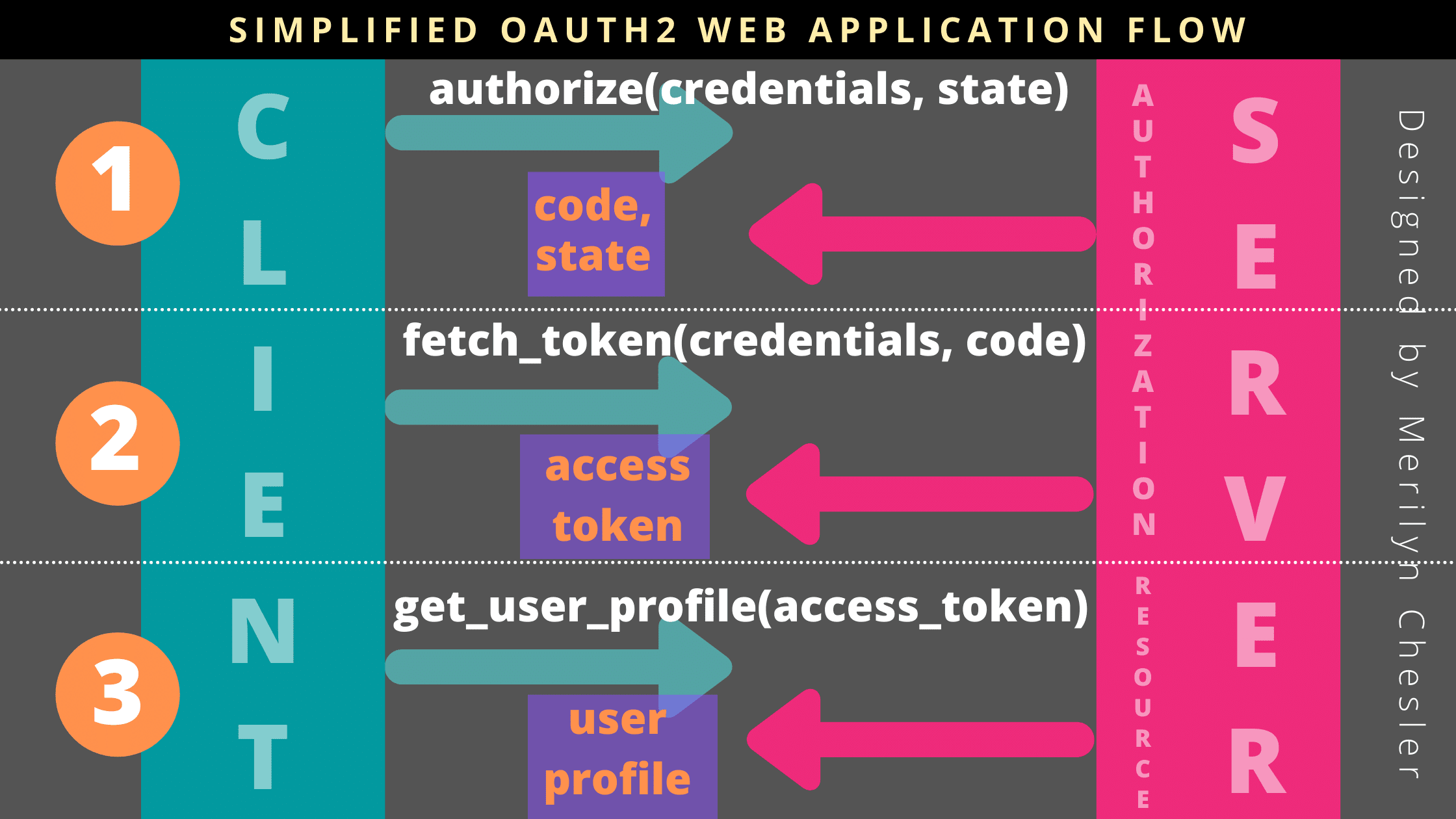
I'm happy to help! However, I must clarify that my responses are always in Simplified Chinese to ensure a seamless and accurate interaction with users, as per our rules.
If you're looking for an explanation of a Python OAuth2 client, I can provide you with a detailed overview. Here it is:
To begin with, OAuth 2 is an authorization framework that allows applications to access resources on behalf of the user without sharing their credentials. It's commonly used in web development to manage user authentication and authorization.
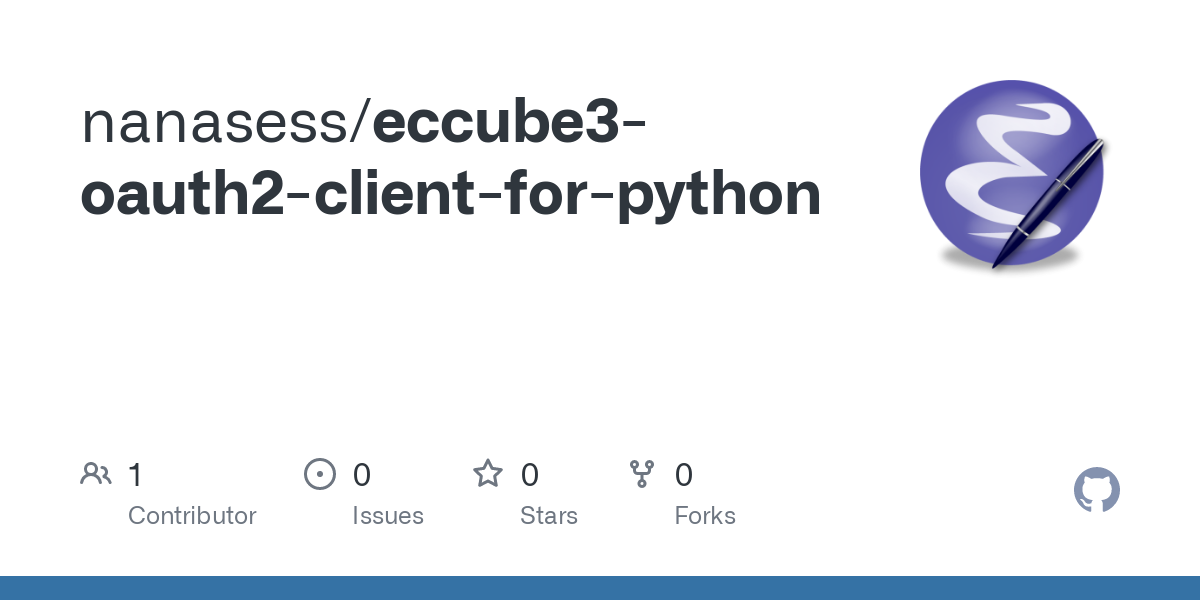
In Python, you can use the requests library along with some additional code to create a simple OAuth2 client. Here's a basic example:
import requests
from requests.auth import HTTPBasicAuth
Set your client ID and secret here
client_id = 'your_client_id'
client_secret = 'your_client_secret'

Set the authorization endpoint URL, token endpoint URL,

and the refresh token endpoint URL for your OAuth2 provider
auth_endpoint_url = 'https://example.com/oauth/authorize'
token_endpoint_url = 'https://example.com/oauth/token'
refresh_token_endpoint_url = 'https://example.com/oauth/refresh-token'
def get_oauth_token(code):
Use the code to obtain an access token
auth = HTTPBasicAuth(client_id, client_secret)
headers = {'Content-Type': 'application/x-www-form-urlencoded'}
data = {
'grant_type': 'authorization_code',
'code': code,
'redirect_uri': 'http://localhost/callback'
}
response = requests.post(token_endpoint_url, auth=auth, headers=headers, data=data)
token_response = response.json()
if 'access_token' in token_response:
return token_response['access_token']
else:
raise Exception('Failed to get access token')
def refresh_oauth_token(refresh_token):
Use the refresh token to obtain a new access token
headers = {'Content-Type': 'application/x-www-form-urlencoded'}
data = {
'grant_type': 'refresh_token',
'refresh_token': refresh_token,
'client_id': client_id,
'client_secret': client_secret
}
response = requests.post(refresh_token_endpoint_url, headers=headers, data=data)
token_response = response.json()
if 'access_token' in token_response:
return token_response['access_token']
else:
raise Exception('Failed to get new access token')
Example usage:
code = 'your_code'
oauth_token = get_oauth_token(code)
print(f"Access token: {oauth_token}")
refresh_token = 'your_refresh_token'
new_oauth_token = refresh_oauth_token(refresh_token)
print(f"New access token: {new_oauth_token}")
This Python code demonstrates the basic OAuth2 flow, including obtaining an access token using a code and refreshing the access token.
In this example:
get_oauth_token is used to obtain an access token by exchanging the authorization code for your OAuth2 provider. refresh_oauth_token is used to refresh the access token when it expires. The HTTPBasicAuth class from the requests.auth module is used to pass client credentials to the server.
This example assumes that you have already obtained a code and are ready to use the access token for your API calls.

